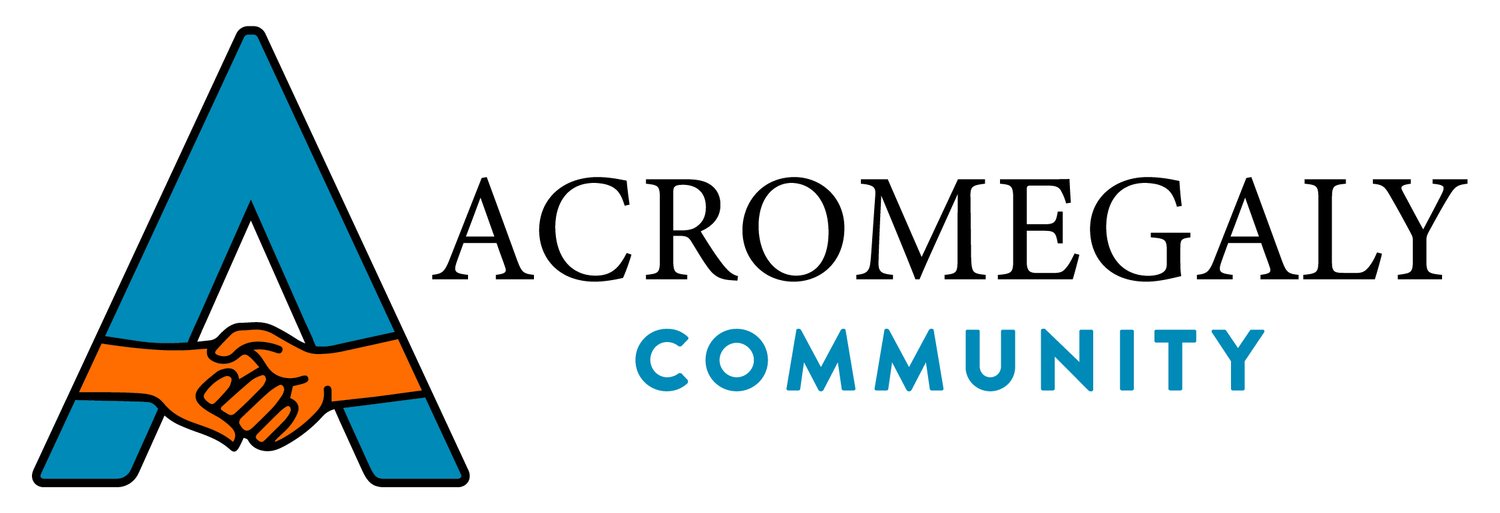
Pain Management
“We don't always understand other people's pain. Just because we can't see it, doesn't mean they aren't hurting.”
— Jani Kay
What is Pain?
Pain is a negative sensation caused by noxious stimuli that is registered by the brain which was relayed from receptors externally or internally from the body.
Pain is tolerated differently by every person, but it’s method of travel is consistent for every person.
The painful stimulus disturbs the nerve endings sending the pain signal to an afferent nerve. The afferent nerve relays the signal to spinal cord which in turn, sends the message to the brain.
The painful stimulus disturbs the nerve endings sending the pain signal to an afferent nerve. The afferent nerve relays the signal to spinal cord which in turn, sends the message to the brain.
The painful stimulus disturbs the nerve endings sending the pain signal to an afferent nerve. The afferent nerve relays the signal to spinal cord which in turn, sends the message to the brain.
Determining the Type of Pain You are Experiencing
Acute Inflammatory Soft Tissue Pain:
Often area is Hot, Red, Swelled or Bruised.
Recently happened.
Tender to touch area.
Moving or touching area is painful no matter position.
Chronic Inflammatory Soft Tissue Pain:
Painful area “aches” and may or may not be constant throughout day.
Most likely will not be swollen or warm.
Has last for 3 months or greater.
Pain is difficult to pin-point on body.
Pain is referred from one area to another.
Acute Mechanical Pain:
Recent onset with or without know cause.
Pain goes away or is greatly improved with different positions of body and or specific joint.
Pain sensation can be reproduced over and over depending on body or joint position.
Pain is intense and nagging.
Muscle spasms or trigger points may be present following initial onset.
Chronic Mechanical Pain:
Onset of pain is 3 months or greater.
Pain goes away or is greatly improved with different positions of body or specific joint.
Pain sensation can be reproduced over and over depending on body position or specific joint.
Pain is less intense and nagging.
Muscle spasms or trigger points may be present.
Types of Injuries and Their Classification
Mechanical Injury Pain
Vertebral disc herniation
Vertebral dysfunction
Joint subluxation
Joint dislocation
Bone to bone contact
Inflammatory soft tissue injury pain:
Blunt trauma
Ligament sprain
Muscle strain
Dural tightness (nerve pain)
Bursitis
Tissue infection
Wound site (surgical or traumatic)
One Pain can Lead to Another
Mechanical sources of pain often leads to soft tissue inflammation
Ex. Bone to bone contact can lead to an inflammatory response causing swelling which irritates surrounding nerve tissue, causing muscle tenderness, spasms and tightness.
Ex. Vertebral disc dysfunction can lead to spinal ligament irritation which excites surrounding nerves, causing muscle trigger points and spasms.
Lets Get Some Pain Relief
First response to acute pain (any type).
P.R.I.C.E:
Protect or immobilize area from further injury. Avoid painful movements. Pad area with protective material if able.
Rest injured area for as long as possible.
Ice injured are for increments of 15 to 20 minutes. Allow 15 minutes in between icing sessions.
Compress injured area with elastic bandage (if possible) for 1 to 2 days.
Elevate injured area (if applicable) above heart level as much as possible.
R.I.C.E
Rest area in pain.
Ice area in pain using 15 to 20 minute sessions allowing 15 minutes between sessions.
Compress area using elastic bandage for 1 to 2 days.
Elevate area when applicable.
Combatants of Pain
Heat Vs. Cold a Battle Royal
Heat
Raises local tissue temperature.
Increase local blood flow which can remove pain inducing inflammatory chemicals.
May relax muscle response to stimuli.
Can increase inflammatory chemicals causing increased pain.
Can increase bacterial replication during active infection.
Cold
Decreases local blood flow which can minimize inflammatory chemical response.
Numbing effect to skin surface and superficial musculature.
Can disrupt pain gait signals.
Does not support bacterial replication.
Heat Vs. Cold
Heat therapy should only be used for pain relief when the site of injury is no longer in an inflammatory state.
3-4 wks after a surgery that was not complicated by infection.
Arthritic joints not in an inflammatory state.
Sore and/or tightened muscles 3-4 days after initial strain.
Cold Vs. Heat
Cold therapy can be used at any stage of healing following an injury. Cold therapy should be used with caution in individuals who have a low tolerance for cold or have a diagnosis of Raynaud’s disease.
Resources & Links
American Association of Physicist Medicine
UF Health - Pain Assessment Scales/Tools
List of Clinically Tested and Validated Pain Scales
Pain Assessment: Review of Current Tools
Health Assessment Questionnaires (HAQs)
The Stanford Health Assessment Questionnaire: Dimensions and Practical Applications
Pharmocol Genetic Testing


